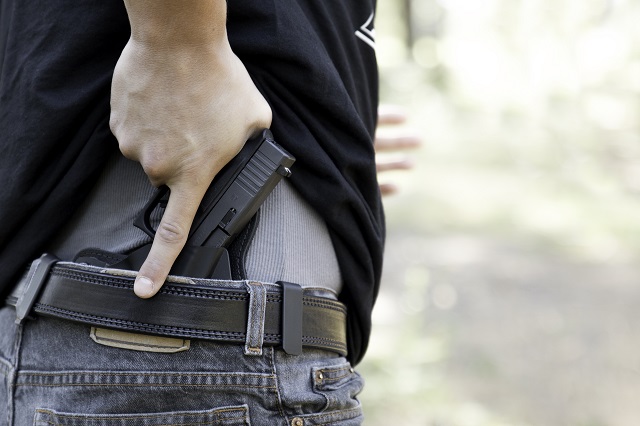While there are many sticking points in the debate over gun control, there is one that is very controversial yet seems to receive fairly little of the public spotlight. What I am referring to is the idea that individuals who are on the no-fly list should not be allowed to purchase firearms. Before discussing whether or not this should be allowed, here is what the no-fly list actually is. The no-fly list is a subset of the terrorist watchlist, which contains information about those who are known to be or suspected to be terrorists or involved with them. If an individual is on the no-fly list then this means that they are considered by the government to be a security risk, and are not allowed to board a plane. It is worth noting that an estimated 9 out of 10 people on this list are not lawful residents of the U.S, and therefore any legislature that is passed most likely would not affect them. However, this is an issue that is still worth resolving. Even if there aren’t many people on the no-fly list that this would affect, those who are impacted are the people who are most likely to do harm.

At first, it may seem like common sense to not allow these individuals to possess a deadly weapon. After all, if we suspect them of wishing harm on the U.S and its citizens, why would we allow them to carry guns? It doesn’t really make much sense. But, as always, it is a much more complicated issue than it may seem like on the surface. The crux of the matter lies with the no-fly list itself, which has what a lot of people view as nigh-unforgivable flaws. The laws of our country are largely based on the idea that every man can have his day in court; that every citizen will have access to a lawyer, a fair trial, etc. The no-fly list bypasses due process in a way unlike any other. As soon as you are under suspicion you are limited in what you can do.
Furthermore, it is not truly reasonable to expect people to be responsible for clearing their name of terrorism before anything has been truly proved, leave alone clear their name of suspected terrorism. This task is nigh impossible. Not only this, but the mechanisms that underly the no-fly list are largely unknown. It is not publicly known what the criteria are to get placed on the list, nor how one can get themselves removed. The no-fly list itself is only really tolerated because the effect it has on most peoples lives is fairly minimal and non-invasive.

This all changes when guns are thrown into the equation. For many, the ownership of a gun is a right that they are entitled to. It is one thing to be denied such ownership after they have been proved to be unfit to for it, for example, if they are diagnosed with a mental illness. However, in their view, it is anathema for the government to be able to arbitrarily deny them their right to gun ownership without any warning, notification, or justification.
Even though a simple solution may be to open up knowledge of the no-fly list to the public, this would end up being counterproductive. Much of the effectiveness that the no-fly list possesses is due to its secrecy. If its inner workings are made public then it becomes a dog with no bite and can no longer serve its purpose. Because of this its not really an option to simply publicize what makes the list tick.
While the tone of this blog thus far may seem to be advocating that the no-fly list should not include a ban on gun ownership, my actual views are the opposite. I believe that we cannot, in good conscience, allow those who are suspected of terrorism to walk around packing a deadly weapon. However, I do understand why people are worried to put this into action. But there is a disconnect between the two sides of the argument. To those who believe that that they have the right to bear arms, guns are just that: a right. But to others, guns are a privilege. Until this disconnect is somehow bridged, no real progress can be made on this issue. In fact, the entire debate on gun control may very well revolve around this delineation. In fact, now that I think about it, discussing the mindset of “right” as opposed to “privilege” may be a good topic for the final post of this blog.
